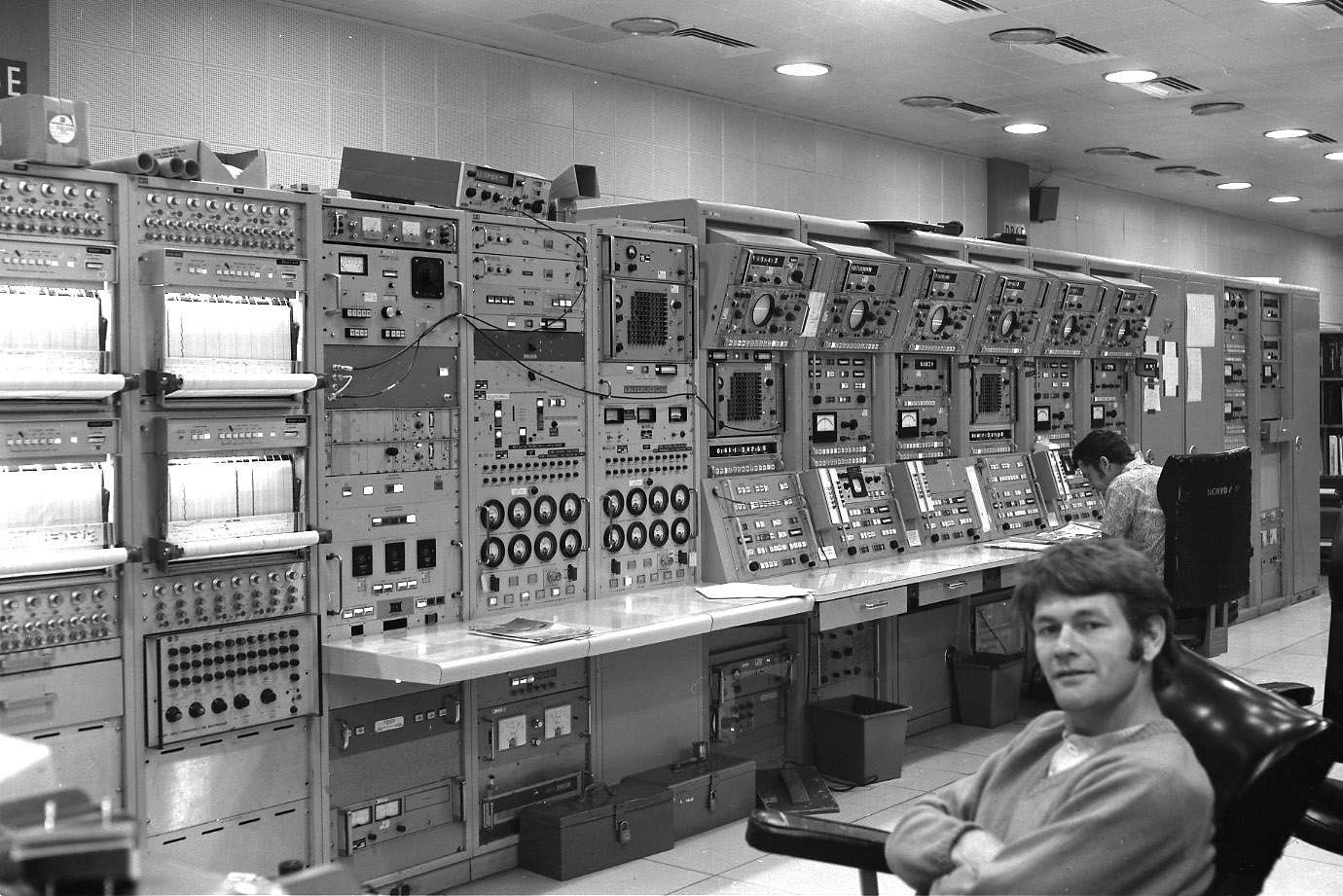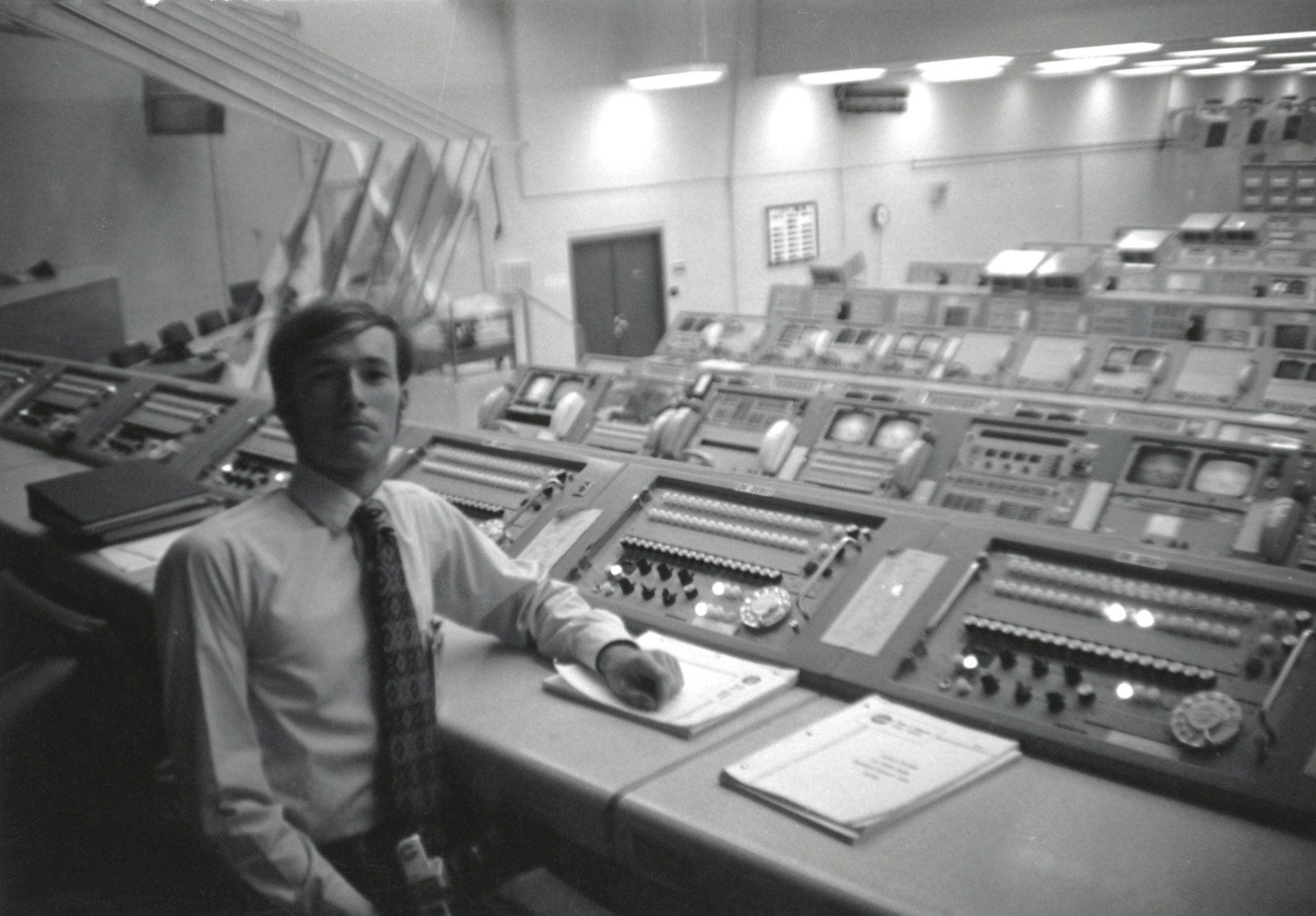Ancient History - My Experience as a Coop Student at NASA/Kennedy Space Center in the Apollo/Saturn Program
-
I spent from 1970 (beginning with Apollo 13) thru 1973 (Apollo 16) as a Ground Support Equipment Design Engineer Trainee with NASA/KSC. Suffice it to say that I was one lucky guy at 17 years old, to have pretty unlimited access to the gantries, blockhouses and hangers of Kennedy Space Center and Cape Kennedy Air Force Station. Our systems (in GSE) included the Crawler Transporter, Environmental Control Systems, Swing Arms, Q-Ball cover and the termiinal count sequencer. All of the historical sites were still there. Places like the original Mercury Control Center, the Blockhouses amd gantries of Redstones, Atlases, Titan II's and Saturn were an industrial archealogical site of epic size. I rode on the crawler, went up and down in LC-39 LUT and Service Structures, got stuck in elevators in the decommissioned LC-34 Gantry, and encountered my first hands-on computer - an SDS910 minicomputer in hanger AF on the CCAFS side of the Bannana River. In those three years, we sent no fewer than 20 men to the moon. I watched Apollo 11, 12, 13, 14, 15, and 16 from the LC-39 Press Site (quite a little tactile addiction). I was trained in hypergolic propellant safety and had a Secret Security Clearance (since most of the Saturn I flights in the documents library started as classified missions from LC-34 and LC-37). To this day , I still stay in contact with Herb Rice, who was in my group (the Control Systems Sections of the Design Directorate, Electrical and Electronic Systems Division - DD-EDD-23 managed by Keith Jenkins). What a wonderful experience for a young engineering student intern. Little did we know that, following Apollo, manned spaceflight would confine itself to 100 nautical miles looking downward, not outward. We are still today coasting off of the advances and the spinoffs of the Apollo era. Checkout the picture of the downlink receivers below (Unified S-Band at 2.5 GHz), essentially a 1970's version of a WiFi router. Trivia Fact: Did you know that every third stage of the Saturn V was test fired at the junction of Sunrise and Douglas in Rancho Cordova?

